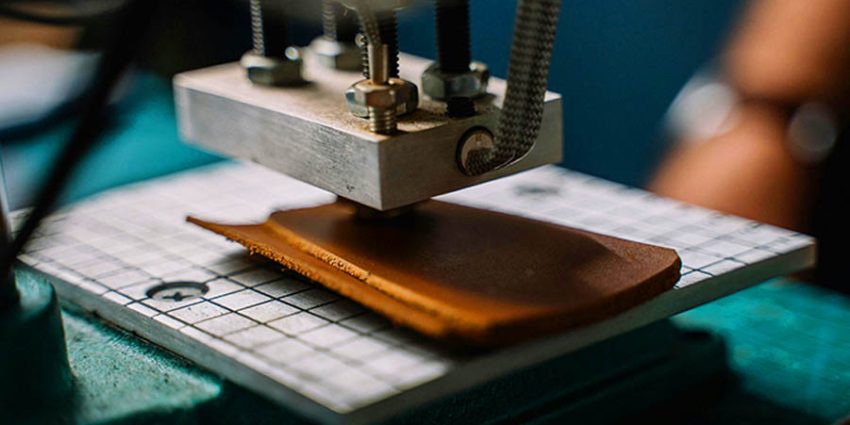A good tool isn’t just something you use—it’s something you rely on. Over and over, without a second thought. It should feel right in your hand, move with precision, and last long enough to become an old friend in your workspace.
But not all tools are built for the long haul. Some start strong but wear down too soon. Others never quite perform the way they should. The difference between frustration and craftsmanship? Knowing how to spot a tool that delivers real, lasting value.
Built to Endure, Not Just Impress
A shiny finish means nothing if the tool doesn’t hold up. Strength is in the materials.
- High-carbon steel stays razor-sharp, resisting dulling even after countless cuts.
- Stainless steel fights rust, perfect for humid shops and long-term storage.
- Hardwood and brass handles provide balance, weight, and a grip that improves with time.
A tool’s true worth isn’t in how it looks fresh out of the box—it’s in how it performs after years of use.
Precision That Doesn’t Fade
Some tools start smooth but wear down fast. The best ones stay reliable, cut after cut, stitch after stitch.
- A blade should glide, not drag.
- A punch should create crisp, perfect holes without tearing the material.
- Adjustable components should lock into place without slipping.
Nothing slows down work like a tool that constantly needs tweaking. The best tools just work—consistently, predictably, without effort.
Comfort That Keeps You Working
Leatherworking isn’t a job for stiff hands and aching wrists. The wrong tool makes every movement harder than it needs to be.
A well-balanced handle fits naturally in the palm. Weight should be enough for control but not so heavy that fatigue sets in. Grips should allow for hours of work without strain.
If a tool feels awkward, unsteady, or forces unnatural movements, it’s not the right tool—no matter how well-made it claims to be.
Conclusion
A bargain tool that needs constant replacing isn’t a bargain at all. Cheap tools waste time, create mistakes, and add frustration to the craft.
The best tools pay for themselves in reliability. They don’t need to be babied, they don’t fail under pressure, and they don’t end up in the discard pile after a few projects.
A great tool isn’t an expense—it’s an investment. One that stays sharp, strong, and steady long after its cheaper counterparts have been tossed aside.
Because in the end, real craftsmanship deserves tools that last.

